TRANSPORT INSIGHT
How USB charging on trains could boost customer satisfaction
Drawing on intelligence from the company’s recent white paper, OE Electrics’ Lee Walker explains how onboard USB charging could streamline and enhance the passenger experience
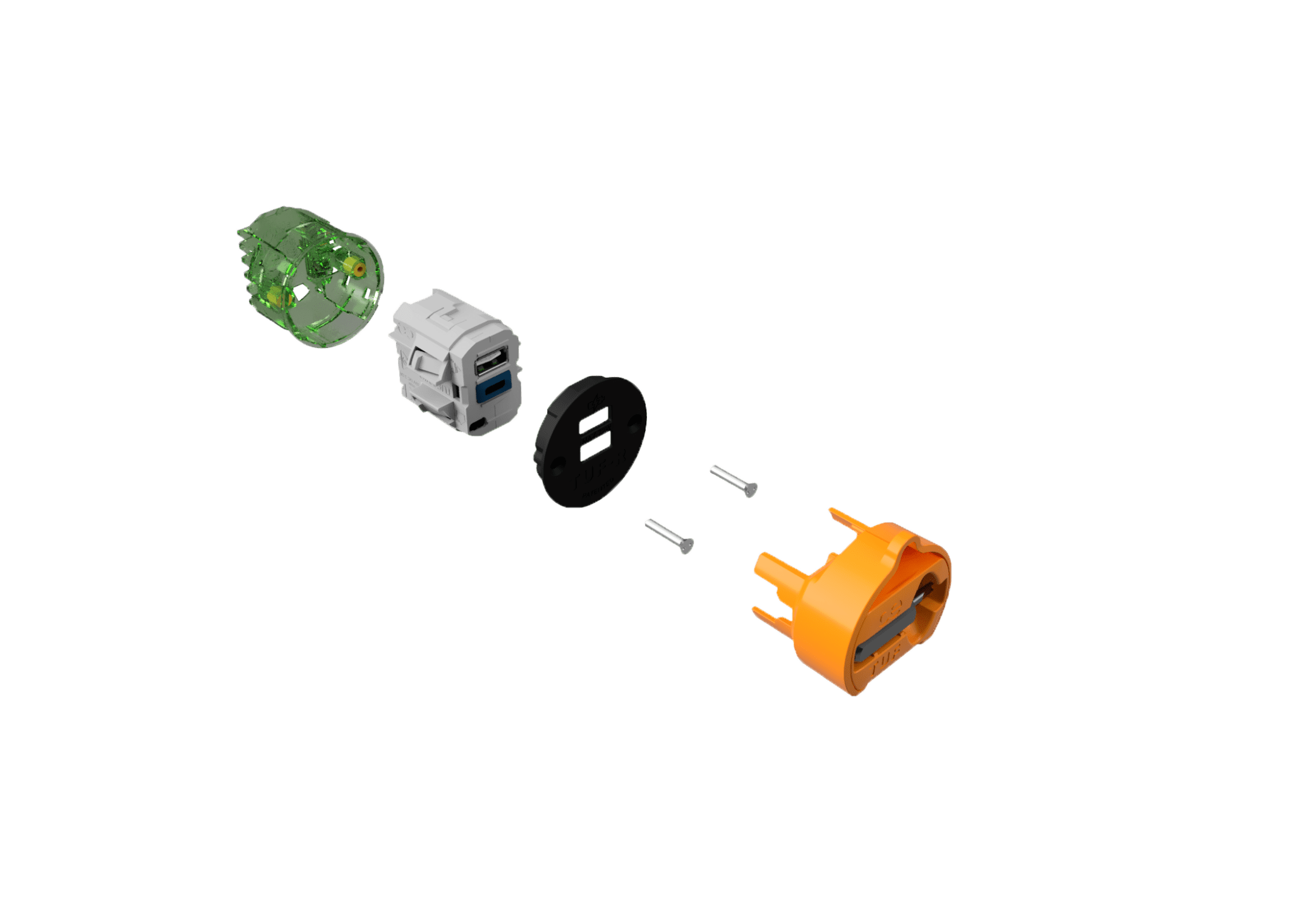
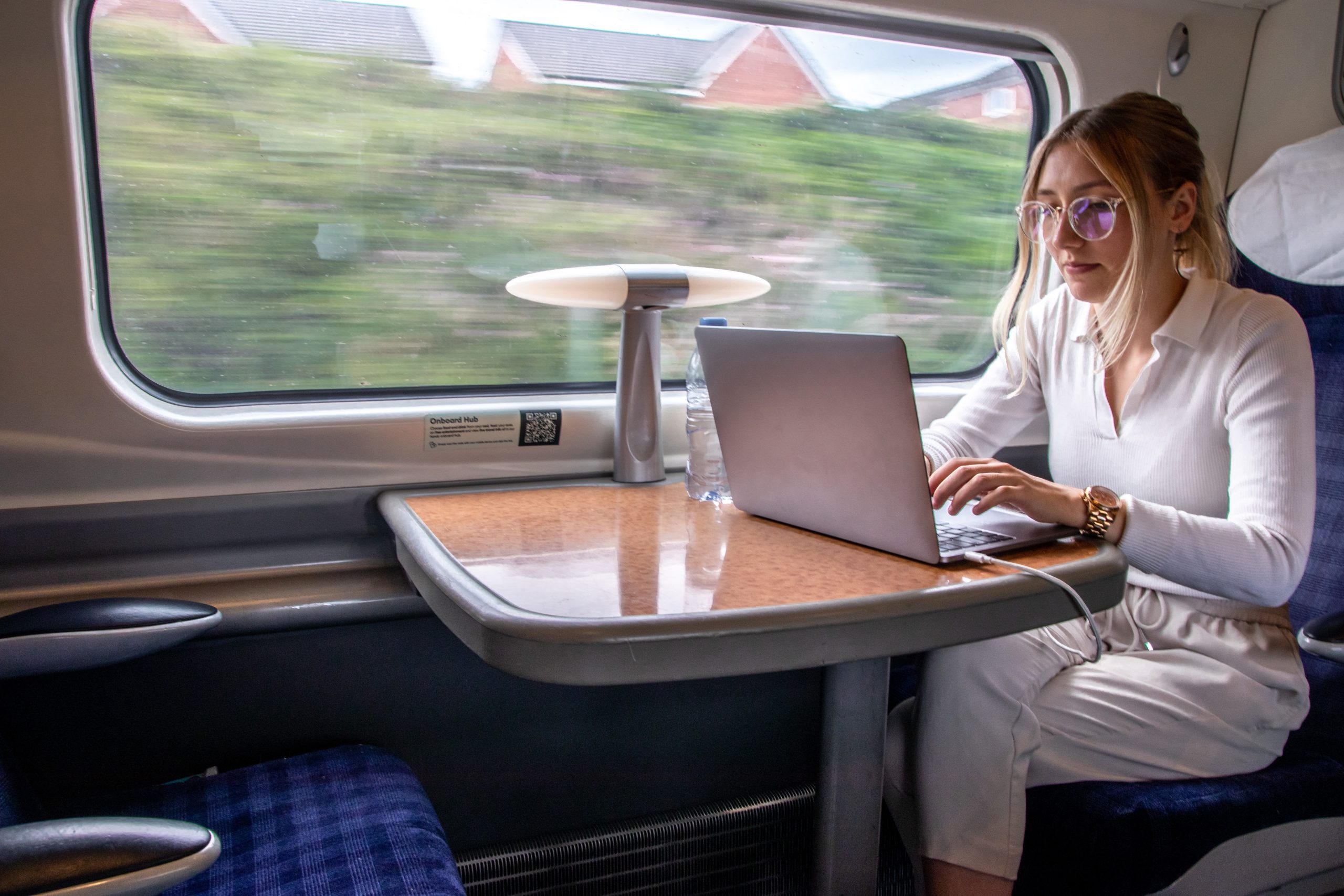

Train travel: a changing landscape
Evolving charging solutions
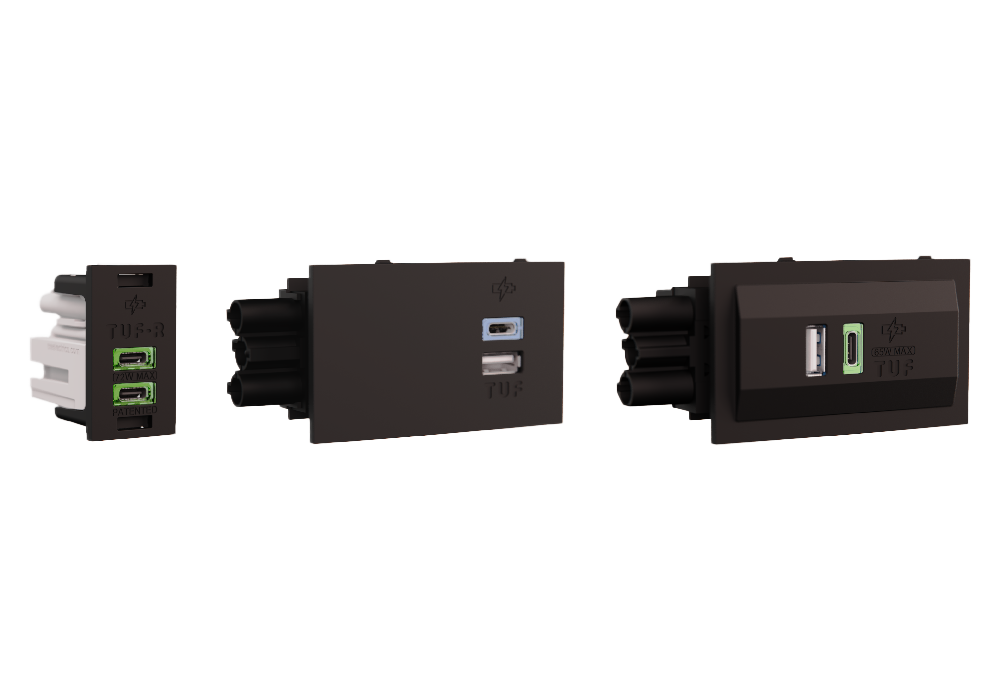

“Train designers and operators must take note, providing charging for all devices can only enhance the passenger experience”
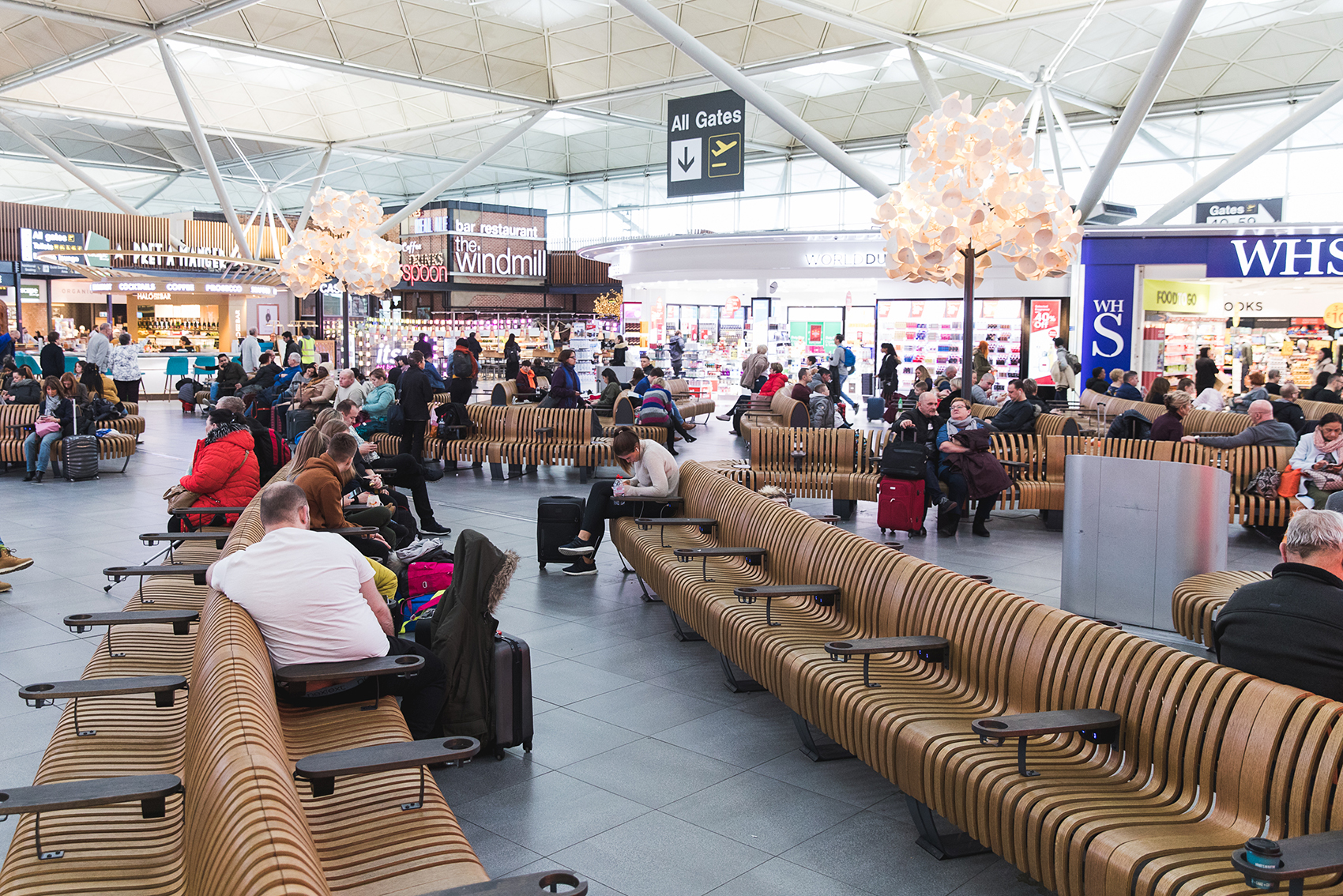

USB Type-C: A game-changer
A period of transition
While younger passengers are already accustomed to this kind of USB charging, a transitionary period would give others time to adapt. It’s also important to assure the functionality, data security, and integrity of USB outlets, fostering passenger confidence. But advances in other technologies are already aiding this transition. Many modern devices (including Bluetooth headphones, laptops, and gaming consoles) now charge via USB, meaning the move from AC to USB should be relatively stress-free.
Introducing OE’s Twin USB Charger
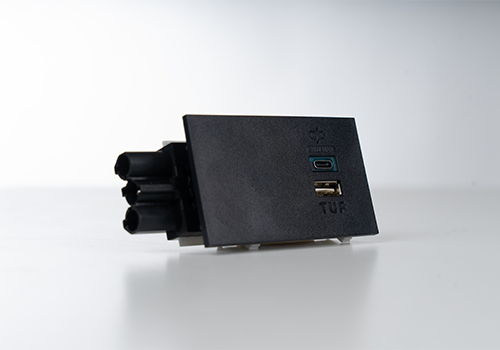

@ OE Electrics 2023
Contact
Customer Support
+44 (0) 1924 367255
sales@oeelectrics.co.uk
Lee Walker
(0) 7809 526668
transport@oeelectrics.co.uk